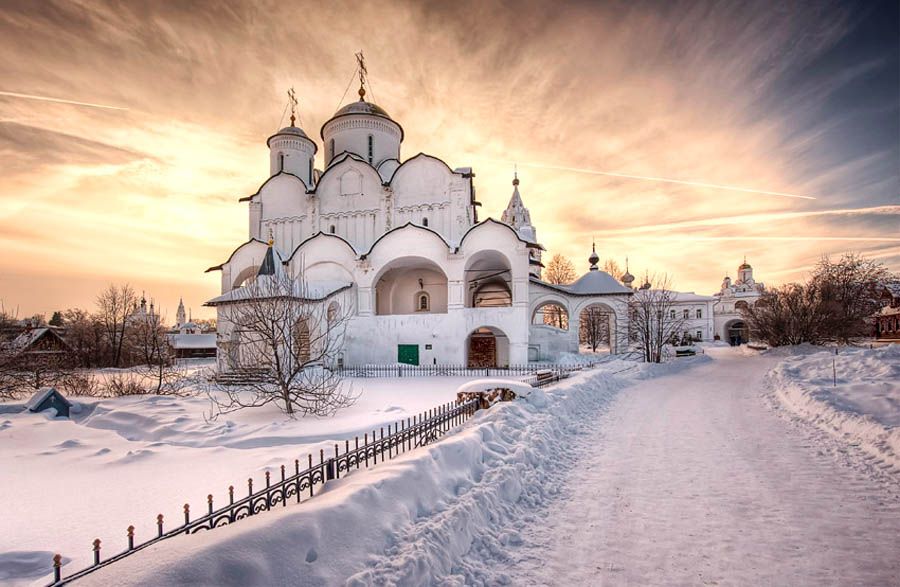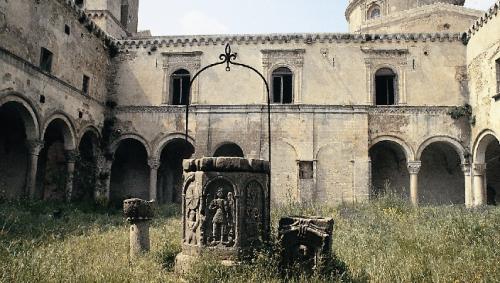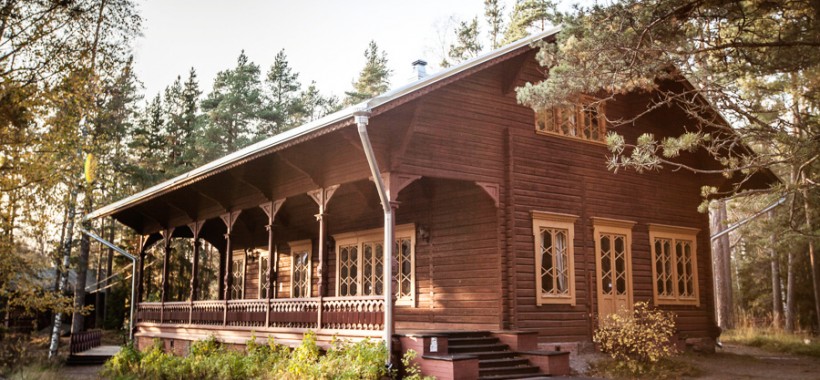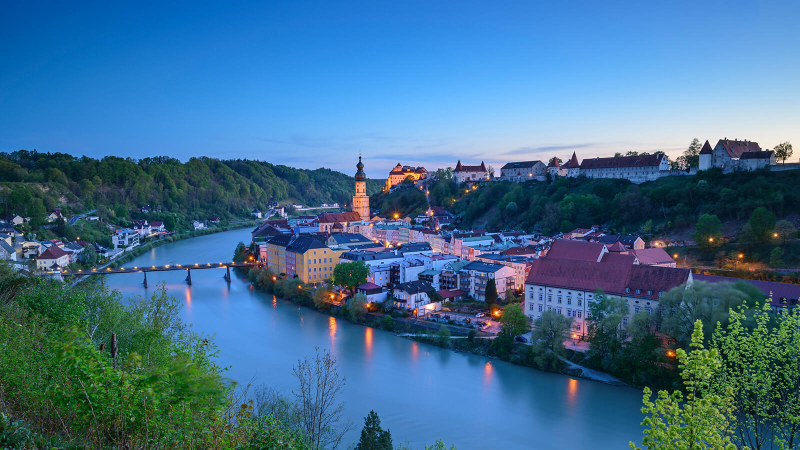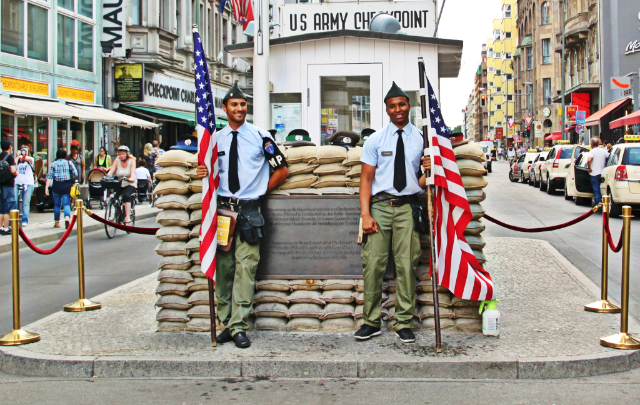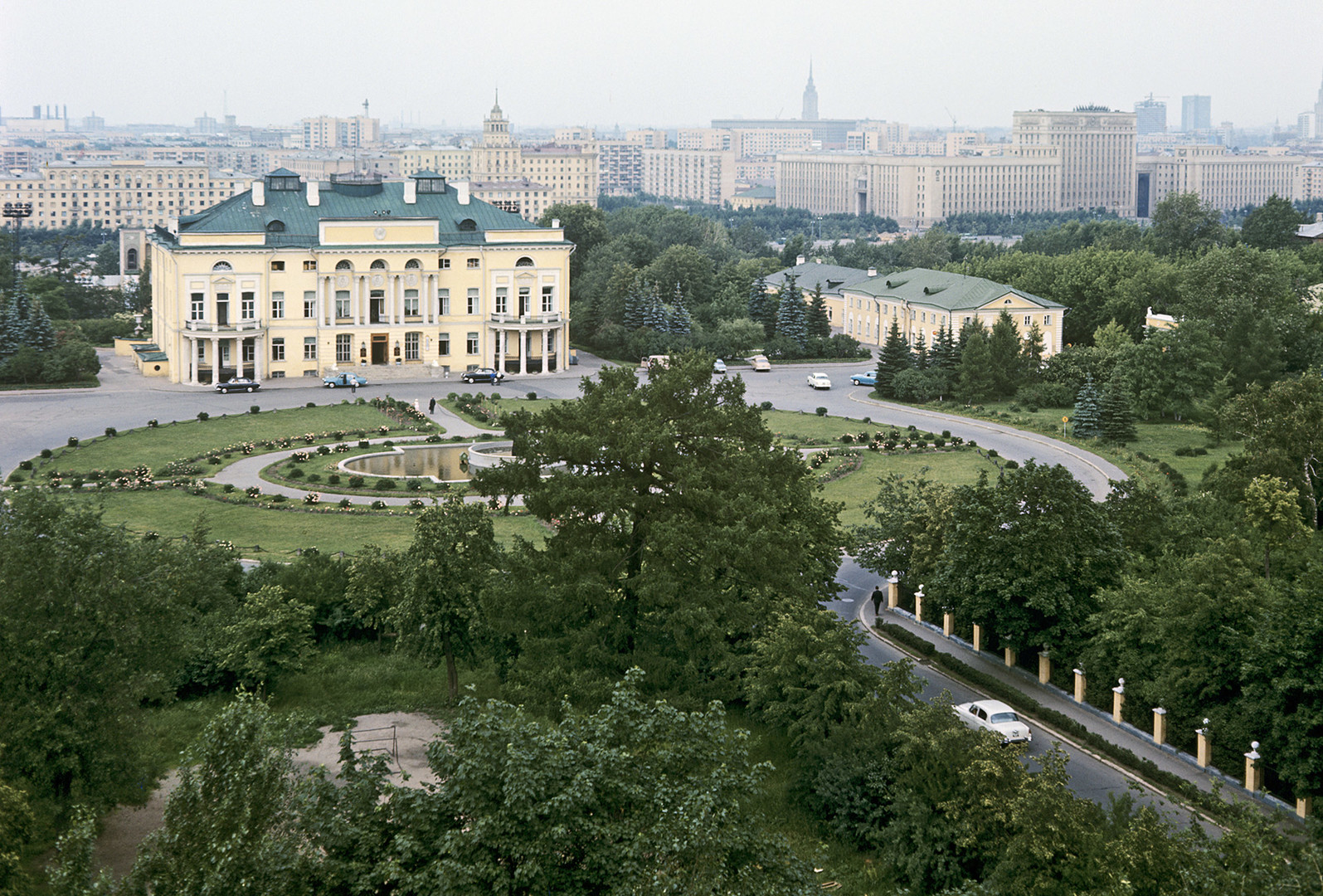Suzdal is one of the most striking and unique cities in Russia that has preserved its ancient monuments. Suzdal was first mentioned in the year 1024 AD: it was the time when the local population rebelled after losing their crops to drought. Kniaz (Prince) Yaroslav the Wise successfully suppressed the rebellion, after which the city, located on the picturesque banks of Kamenka River, began to actively grow and develop.
The city has been a capital of several "principalities for three centuries. At that time, even Moscow was a secondary settlement. Moreover, the first confirmed mentioning of Moscow is dated back to 1147 AD, when Yuri Dolgorukiy (literally Yuri the Long-Armed), the Kniaz of Rostov and Suzdal, invited his allies to a town called Moscov.It is no wonder that such an important city has always been raided: Tatar-Mongols, Crimean Tatars, Lithuanians, Poles, and even other Russian rulers battled for the right to control Suzdal. On top of that, the plague claimed nearly half of the population in the middle of the 17th century.Only when Russian history entered its peaceful period did the city of Suzdal know peace as well. In the middle of the 19th century, a new railroad bypassed Suzdal, which caused the decline of the industrial development of the city, but on the other hand, it helped preserve its original historical image.The construction of Christian monasteries started in Suzdal in the 16th century with the building of the Kremlin fortress. Due to destructive wars, only 5 of 11 originally built monasteries survived till the beginning of the 19th century. However, even that was enough to make Suzdal one of the largest religious centers of Russia.Now, the city of Suzdal is on the list of World Heritage Sites and is a part of «Zolotoye Koltso» (The Golden Ring), a tourist route going along the ring of ancient Russian cities that preserved their unique historical and cultural monuments. It is prohibited to erect tall buildings in Suzdal.
